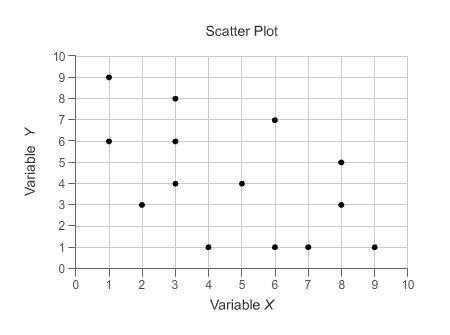Explain the meaning of each of the following
(a) lim x → −1 f(x) = [infinity]
1.The values of...

Mathematics, 23.09.2020 19:01 jnkbragg3696
Explain the meaning of each of the following
(a) lim x → −1 f(x) = [infinity]
1.The values of f(x) can be made arbitrarily close to 0 by taking x sufficiently close to (but not equal to) −1.
2. f(−1) = [infinity]
3.The values of f(x) can be made arbitrarily large by taking x sufficiently close to (but not equal to) −1.
4.The values of f(x) can be made arbitrarily close to −9 by taking x sufficiently large.
(b) lim x → 1+ f(x) = −[infinity]
1. f(1) = −[infinity]
2. As x approaches 7, f(x) approaches −[infinity].
3. The values of f(x) can be made negative with arbitrarily large absolute values by taking x sufficiently close to, but greater than,7.
4.The values of f(x) can be made arbitrarily close to −[infinity] by taking x sufficiently close to 7.

Answers: 2
Another question on Mathematics

Mathematics, 20.06.2019 18:04
Itook a better photo of the question so y’all can see it i hope it’s a fine photo
Answers: 1



You know the right answer?
Questions



Mathematics, 23.04.2021 06:00



Chemistry, 23.04.2021 06:00

Mathematics, 23.04.2021 06:00


Mathematics, 23.04.2021 06:00

Law, 23.04.2021 06:00

Mathematics, 23.04.2021 06:00

Mathematics, 23.04.2021 06:00

Mathematics, 23.04.2021 06:00



Mathematics, 23.04.2021 06:00

History, 23.04.2021 06:00

Mathematics, 23.04.2021 06:00





